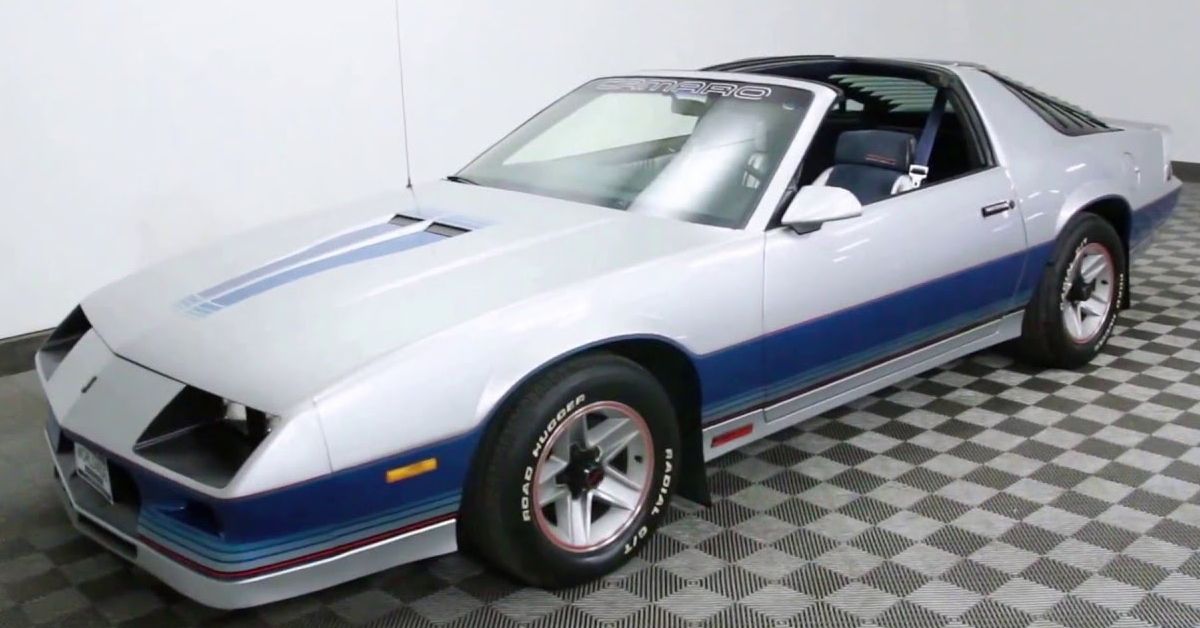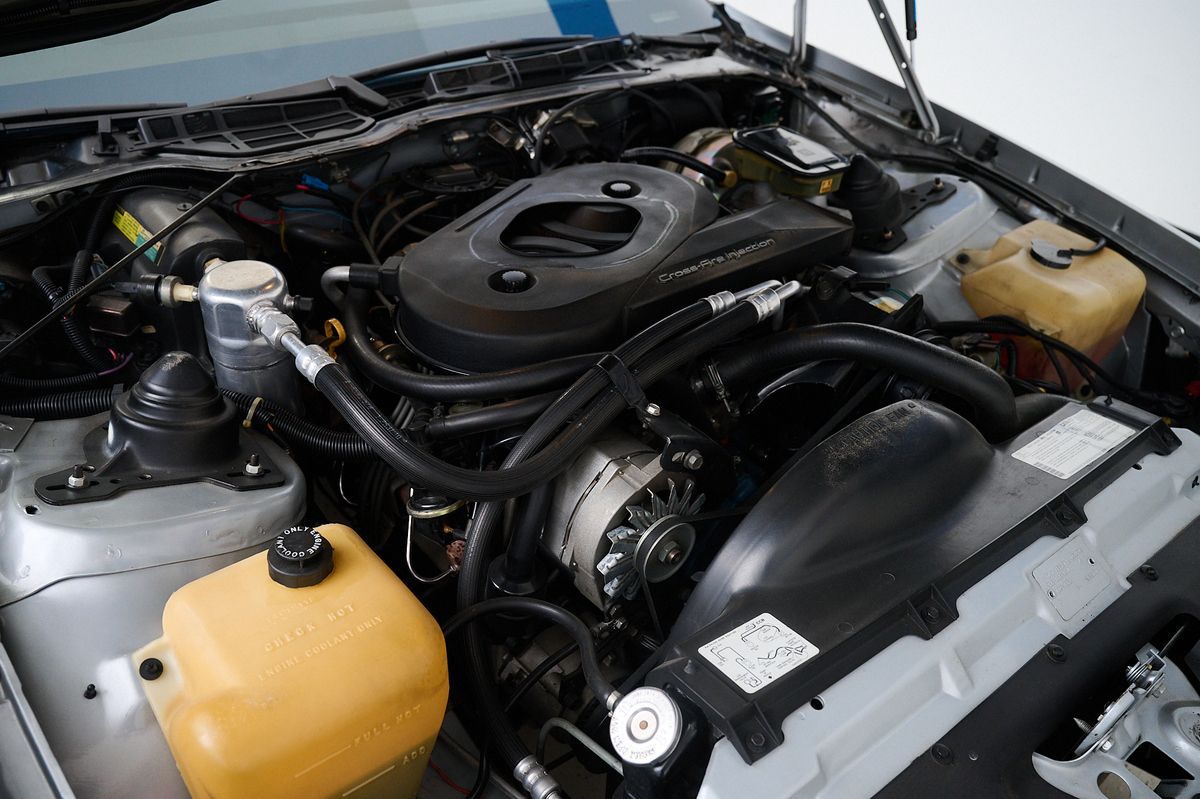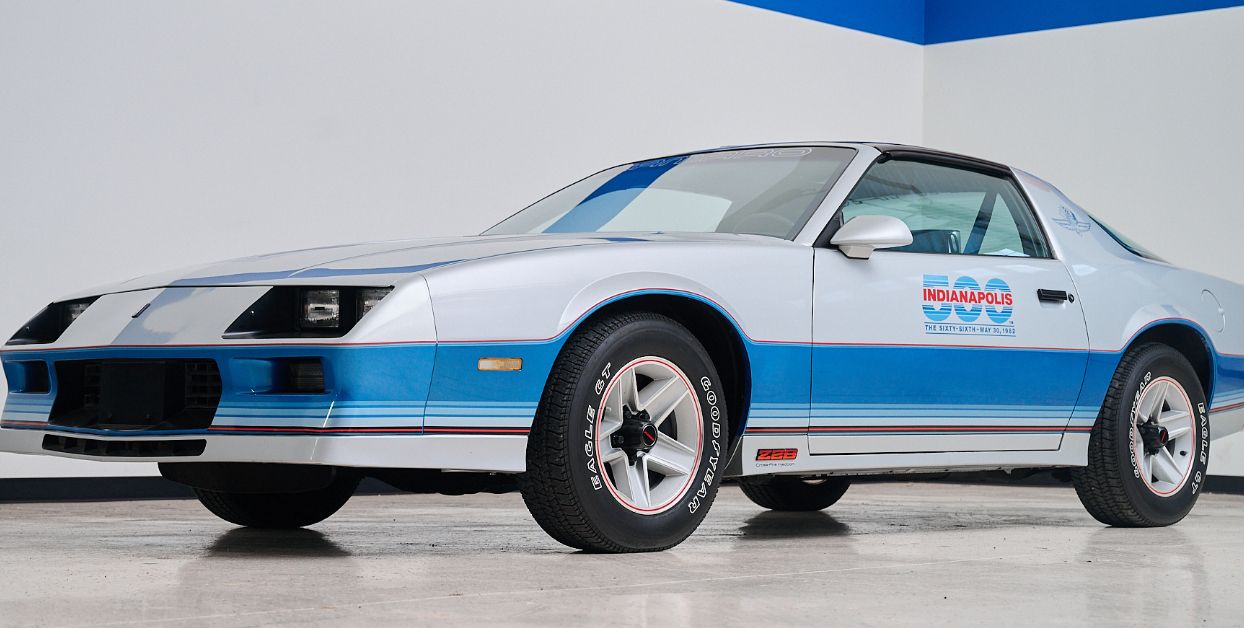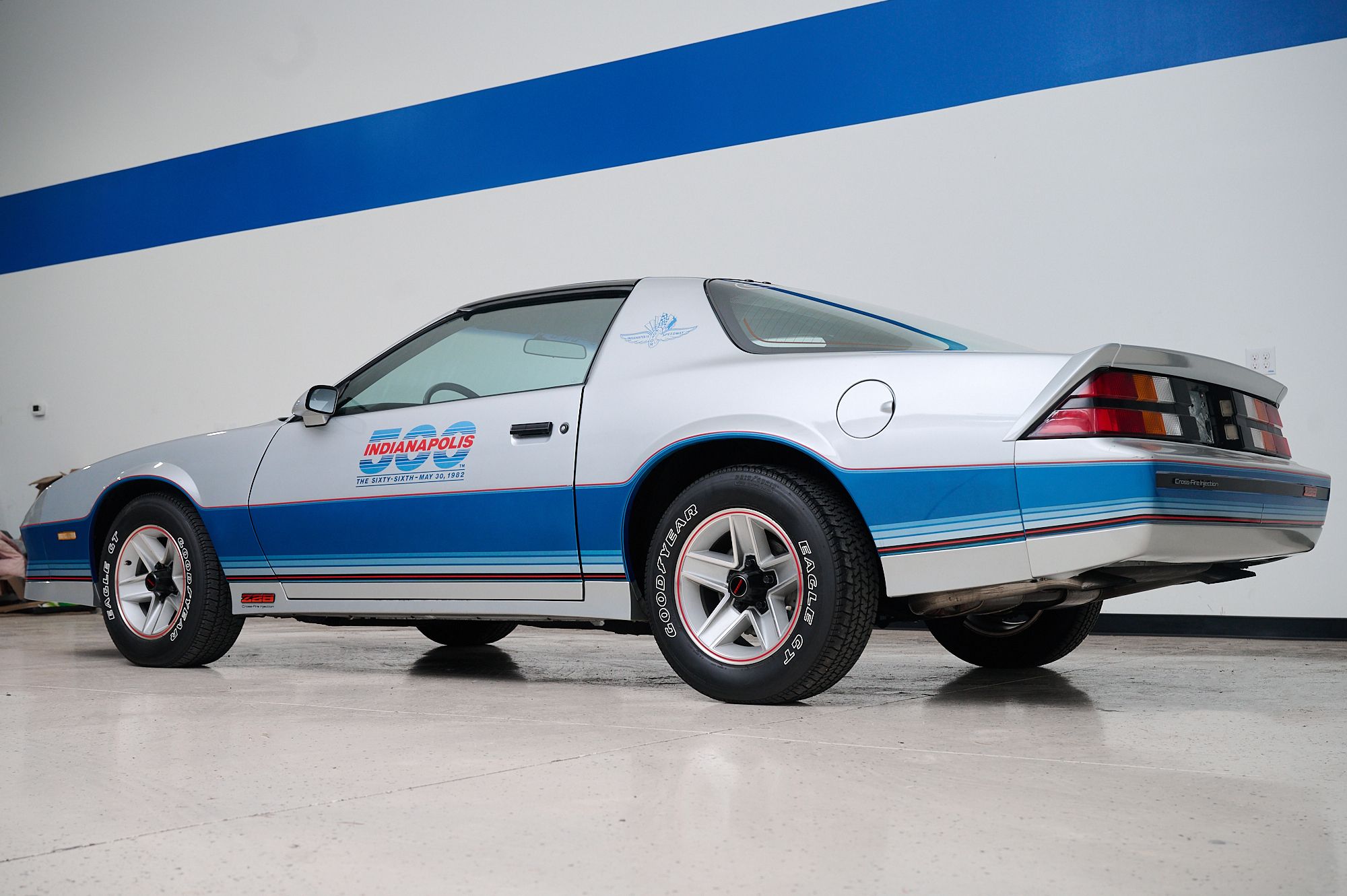Introduced in 1982, the Chevrolet Camaro Iron Duke was the first model in the Camaro's third-generation lineup. After the success of the second generation Camaro, muscle car fans expected the new generation to have improvements in power and performance. However, the vehicle had an Iron Duke engine that performed poorly.
The Iron Duke was simple to use. There were no balance shafts, multiple valves, cam phasing, or other sophisticated features. The engineers made the engine simple by adding a carburetor and a non-crossflow head.
At the time, there was a fuel shortage, and car companies were trying to find a solution by making vehicles that could consume less fuel. General Motors thought the answer was the Iron Duke; they manufactured the engine from 1977 to 1993.
The reason gearheads despise the Iron Duke is that GM stated it wasn't a performance engine, although performance machines such as the Camaro and Pontiac Fiero were using it.
Even though it looked good, the Duke Camaro had a shameful zero to 60 mph time of around 20 seconds. Also, the ride was firm, but the handling was terrible.
Let's find out more about the Duke Camaro and why it was such a flop.
The Reason Why The Iron Duke Failed
The Iron Duke is a 2.5-liter inline four-cylinder made by Pontiac between 1977 and 1993. General Motors mostly used the gasoline engine in compact cars and commercial vehicles. Pontiac engineers copied the preexisting V6 and V8 designs while making the Iron Duke, and they once considered constructing a V4 to satisfy consumers.
Pontiac tried using the Chevrolet 2300 engine as a base but found its cast aluminum block too sensitive. However, the 2.3 Vega's engine was the perfect match, and the engineers adopted the same principle and built a cast iron inline four-cylinder engine with more significant displacement. The Iron Duke was one of the reasons why GM moved from aluminum to cast iron.
The Iron Duke had its merits, like being tough and dependable. However, the engine had more flaws, such as cost-cutting and minor design errors, threatening its dependability. The timing gear, which is roughly 80,000 miles, is the biggest culprit; furthermore, replacing the timing gear is time-consuming and expensive.
The MAP sensor was another cause for the Duke's failure; when the archaic sensor fails, the MAP sensor creates a slew of problems, ranging from a jerky idle to sluggish acceleration. The EGR valves were also useless, even though emissions components were inexpensive and easily accessible.
Unfortunately, GM used the Iron Duke in both rear-wheel-drive and transverse front-wheel-drive variants. The engine replaced the 2.3 Vega in the Pontiac Astre, Pontiac Sunbird, and Pontiac Phoenix. Also, cars like the Chevrolet Monza and the Oldsmobile Starfire adopted the engine. The only difference was that Chevrolet engineers made minor changes to the engine, but the motor remained the same across brands.
Sales Of The Iron Duke
Due to false advertising, many Camaro fans bought the 1982 Chevrolet Camaro Iron Duke. According to "Muscle Car Facts," GM produced and sold 64,882 units. This was another reason why the car received a lot of hate.
If the Iron Duke had no issues, it would have been one of the best engines in the '80s. The 1983 Peugeot 205 T16 produced 197 hp but was efficient. Also, the iconic 1970 Ford Escort RS1600 was making 113 hp from its 4-cylinder engine; this proves the Iron Duke had no reason for being so awful.
The Iron Duke Wasn't The Only GM Engine That Failed
General Motors is part of the big three automakers in the US. The company has produced some impressive vehicles with incredible engines. However, they’ve also made horrible cars and engines that disappointed many gearheads.
The Iron Duke wasn't the only cost-cutting engine that was an expensive mistake. In the ‘70s, GM tried converting a gasoline engine into a diesel-powered motor to save fuel and named it the Oldsmobile V8. The idea sounded good, but when GM produced the engine, it was disastrous and problematic.
The main problems included hydro-lock caused by failing head gaskets, a defective fuel pump, and a missing water separator in the fuel system. Also, the bulletproof reinforced engine build had head bolts that were weak and bowed under pressure in most cars. All these issues resulted in an expensive class-action lawsuit against General Motors.
Another engine that was a disappointment was the 4.4l V8 Small Block created by Chevrolet between 1979 and 1982. This engine is on par with the Iron Duke being the worst engine ever built by GM. The 4.4l was very poor and produced around 100hp to 120hp. Also, its reliability was low, and the engine struggled to complete trips longer than 100 miles.




